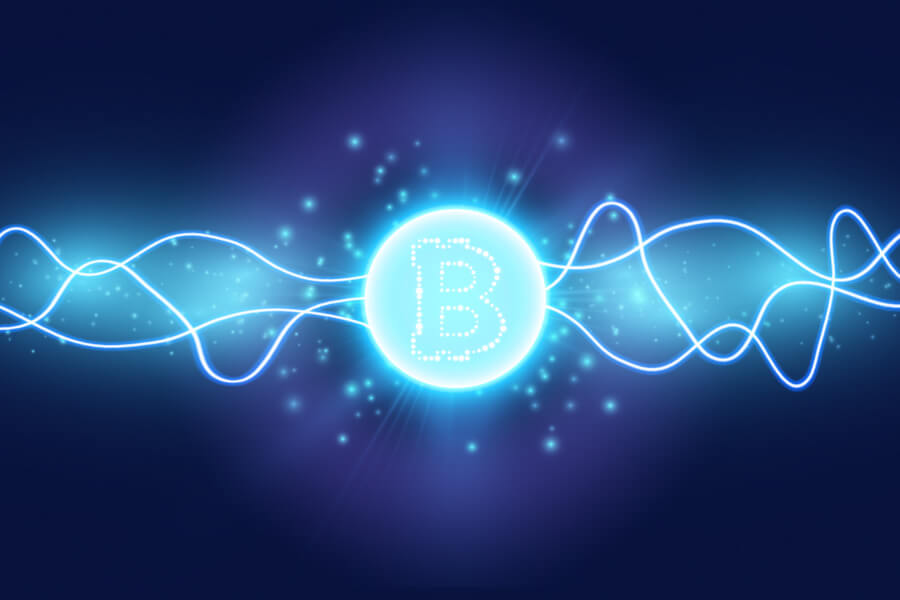Lightning network is a scaling solution implemented in the Bitcoin blockchain which allows a transaction to be offloaded from the main chain and take place on the off-chain. This would help reducing the congestion on Bitcoin’s main chain, respectively make transactions faster and cheaper.

Lightning Network Principle
Basically, Lightning Network is a channel which is created between two peers. It’s considered as different from the side chains, as they are simply blockchains on their own. The fewer the channels are, the more lightning networks need to be used in order to send a transaction. Each usage means there is a transaction fee which goes to node operators who maintain those channels. The number of active channels on the main net is growing and currently is above 12 000 with over 3000 nodes according to 1ML.
Earning from Bitcoin node
If you’re willing to participate in the lightning network, you should be aware when speaking of the digital technology’s technical aspect. In addition. you should also have a machine, which provides enough storage space, so you can have the blockchain on it – about 200GB to download. The requirements for free space include also a software for the lightning network to track your payments.
When you become a node, your default features must be frequently updated (it’s set to zero by default). If a new feature is added to the LND implementation of lightning, you should upgrade your software, because this will influence your fees and monitor better your earnings.
If you would like to have more users, using your node to trace transactions, you should keep your fees low in order to stay competitive (the lowest fees are a turnover). There are plenty of nodes, which operate with no fees. This means they are showing the users an interest to develop the technology, instead of simply making money out from it.
Future outlook
Fees are a way to encourage the growth of the lightning network and make it perform better. Such networks need liquidity and amount of money routable through the channel. There are also specific channels which are able to track both bigger amount and count of transactions, respectively charge for it. There is also a possibility of negative fees, when a channel needs to rebalance itself for going out of money. In this case, the node owner might want to pay to users for routing money through his channel.
The popular opinion amongst the developers is that fees will remain low, so everyone would be able to route their lightning payment cheaply. For now, setting up a lightning node still remains a difficult endeavor, and passing a lightning transaction requires all nodes to be online and hold enough Bitcoin on the channel to carry out the payment.